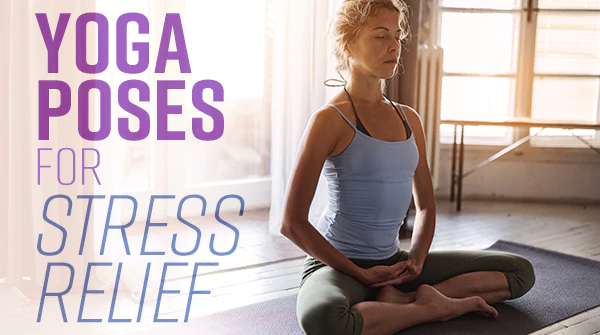Stress is an inevitable part of life. With our fast-paced routines, endless to-do lists, and the ever-present hum of technology, finding moments of stillness can feel challenging. However, through the ancient practice of yoga, we can navigate these rough waters and anchor ourselves in serenity. Today, I’ll share my favorite yoga poses for stress relief and why they work wonders.
Why Yoga for Stress?
Before diving into the poses, it’s essential to understand why yoga stands out as a remedy for stress. The foundation of yoga rests on the union of mind, body, and spirit. This union allows us to tap into a deep reservoir of tranquility, even in the midst of chaos.
A study has shown that regular yoga practice can lower stress hormone levels, increase flexibility, and foster a heightened sense of well-being. Combine this with my favorite yoga mat, which offers comfort and stability, and you have the perfect recipe for relaxation.
Now, without further ado, let’s dive into 5 yoga poses for stress relief:
Child’s Pose (Balasana)
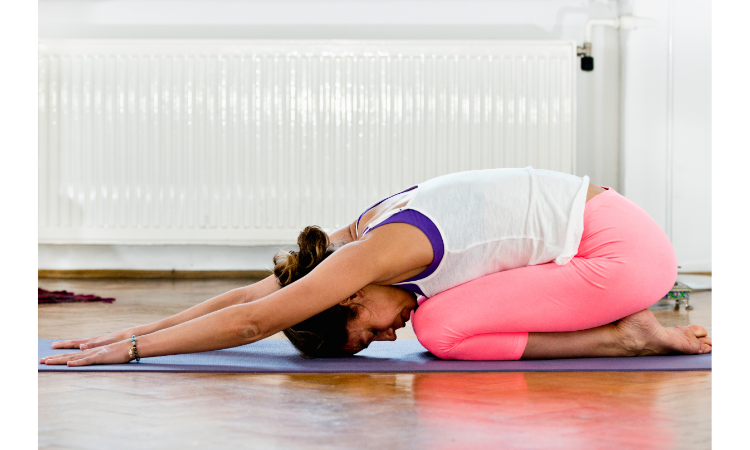
This pose emulates the fetal position, a natural posture we instinctively adopt when seeking comfort.
How to:
- Kneel on your mat with your big toes touching.
- Spread your knees apart.
- Bow forward, stretching your arms in front of you.
- Rest your forehead on the ground.
Stay in this pose for a few minutes, allowing your back to stretch and your mind to calm. Whenever I roll out my favorite yoga mat, this is often the first pose I transition into.
Tree Pose (Vrksasana)
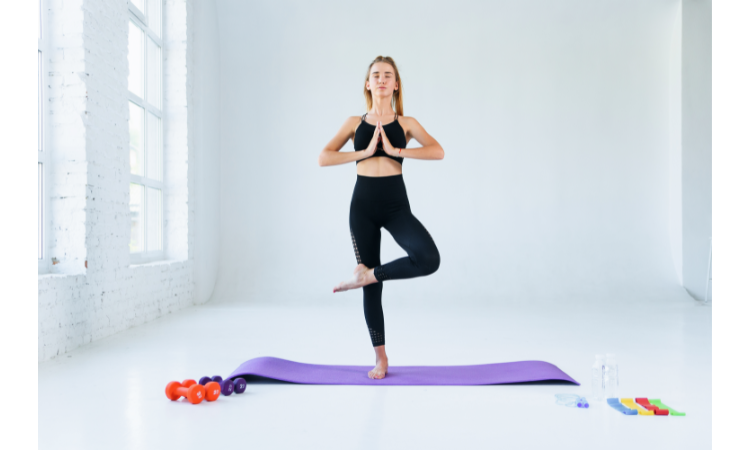
Finding balance in this pose can symbolize the balance we seek in our lives.
How to:
- Stand tall with your feet together.
- Shift your weight onto one foot.
- Lift the opposite foot and place it on the inside of the standing leg, either at the calf or inner thigh (avoid the knee).
- Bring your palms together in front of your chest.
- If comfortable, raise your arms overhead, keeping the palms together or slightly apart.
Focus on a point in front of you, breathe, and feel the grounding sensation as you stand tall like a tree.
Bridge Pose (Setu Bandha Sarvangasana)
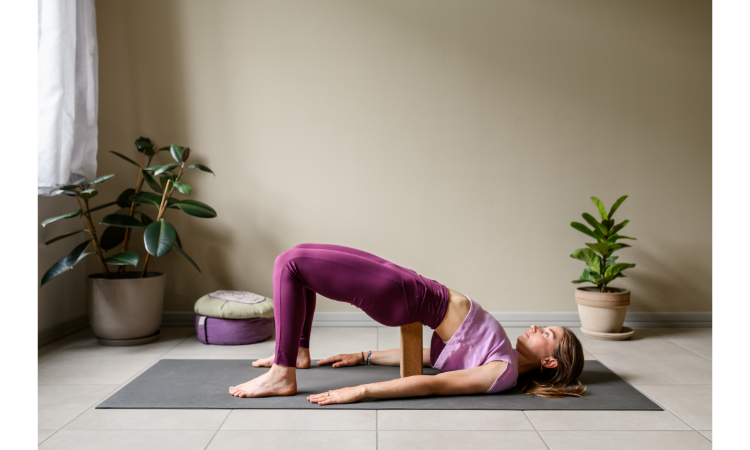
A gentle backbend that opens the chest, helping to alleviate feelings of anxiety.
How to:
- Lie on your back with your knees bent and feet flat on the floor.
- Position your arms beside you, palms facing down.
- Lift your hips towards the ceiling, pressing into your feet and arms.
- If comfortable, interlace your fingers underneath you, rolling onto the outer shoulders to open the chest more.
Legs-Up-The-Wall Pose (Viparita Karani)

An inversion that promotes relaxation by facilitating blood flow to the brain.
How to:
- Sit sideways against a wall.
- Swing your legs up onto the wall as you lie down on your back.
- Adjust so that your sitting bones are close to or touch the wall.
- Spread your arms out to the sides or place them on your belly.
Rest here, letting gravity do the work. It’s a great pose to help with stress and even insomnia.
Corpse Pose (Savasana)
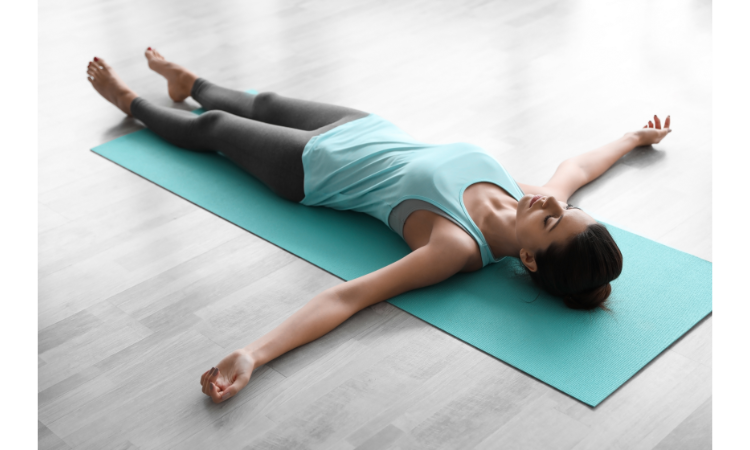
Despite its ominous name, this pose is the epitome of relaxation.
How to:
- Lie on your back with your legs extended and arms at your sides.
- Close your eyes and take deep breaths.
- Allow your body to feel heavy, sinking into the mat.
This pose wraps up most yoga sessions, allowing the body and mind to absorb the benefits of the practice.
Bonus Tip
Your experience with these yoga poses can be significantly enhanced with the right equipment. My favorite yoga mat is an integral part of my practice. A good mat provides the necessary grip and cushioning, allowing for a comfortable and safe session. If you’re in the market, here’s a guide to help you choose the right mat for your needs.
The Journey Beyond the Mat
While the physical postures of yoga provide immense therapeutic benefits, it’s essential to remember that yoga extends beyond just the asanas (poses). The practice encompasses a broad range of elements that include breathwork, meditation, and philosophical teachings, all of which can offer further tools for managing stress and fostering inner peace.
Breathwork (Pranayama)
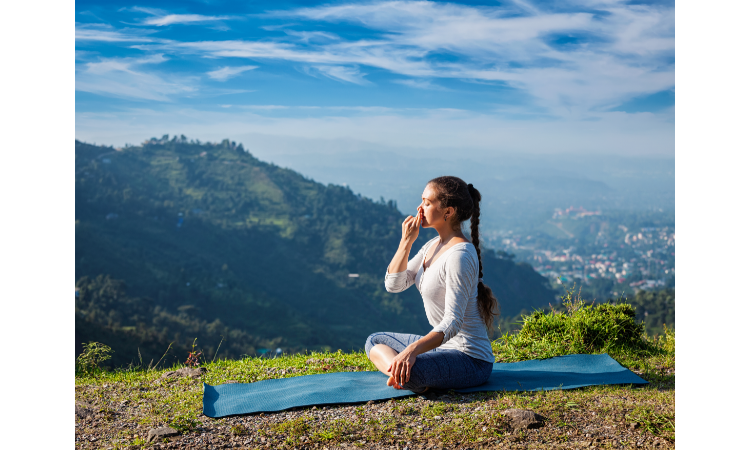
In the hustle and bustle of life, we often forget the power of our breath. Pranayama, the practice of breath control, plays a pivotal role in regulating our nervous system. One of the most straightforward and effective techniques is Anulom Vilom, also known as alternate nostril breathing.
How to:
- Sit comfortably with your spine straight.
- Close your right nostril with your right thumb.
- Inhale deeply through your left nostril.
- Now close the left nostril with your ring finger, releasing the right nostril.
- Exhale through the right nostril.
- Inhale through the right nostril, close it, and then exhale through the left.
Repeat this cycle for a few minutes, noticing the calming effect it has on your mind.
Meditation

Meditation is another pillar of yoga that offers profound stress-relief benefits. While there are many forms and techniques, the essence remains the same: to cultivate a focused awareness and anchor the mind.
A beginner-friendly approach is mindfulness meditation. This method involves staying present and observing your thoughts and sensations without judgment.
How to:
- Find a quiet space and sit or lie down comfortably.
- Close your eyes and take a few deep breaths.
- Begin observing your breath — the rise and fall of your chest or the sensation at your nostrils.
- If your mind wanders, gently bring your focus back to your breath.
A mere 10 minutes of daily meditation can significantly reduce stress and boost your overall well-being.
Yogic Philosophy and Lifestyle
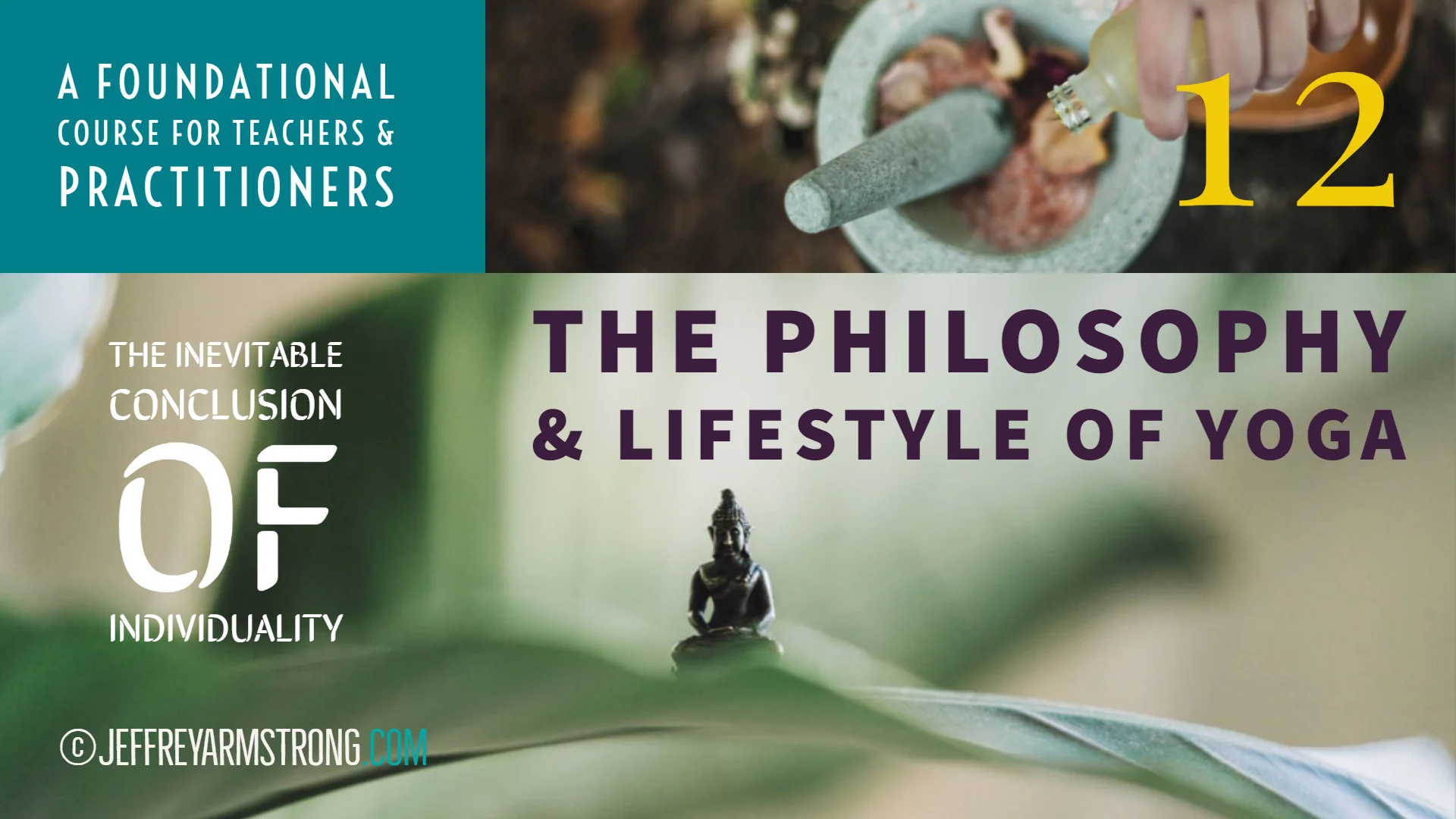
Yoga’s ancient scriptures, such as the Yoga Sutras of Patanjali, offer profound wisdom on living a life of balance, purpose, and serenity. By incorporating these teachings, such as practicing non-violence (ahimsa) and contentment (santosha), we can navigate life’s challenges with grace and resilience.
Cultivating a Personal Practice
As we delve deeper into the world of yoga and its myriad benefits, it’s crucial to establish a consistent personal practice. It’s not always about mastering the most challenging poses or meditating for hours. Instead, it’s about creating a sustainable routine that nourishes you every day.
Finding Your Personal Rhythm
While some people swear by a morning practice to kickstart their day, others might find solace in an evening routine to wind down. Listen to your body’s rhythms. Maybe your perfect moment is in the quiet dawn hours, or perhaps it’s under the silver glow of the moon. Your yoga, your rules.
Creating a Sacred Space
Dedicate a corner of your home for your practice. This doesn’t mean you need a sprawling space — a quiet corner where you can roll out my favorite yoga mat will suffice. Add some personal touches: perhaps some scented candles, calming music, or even pictures that evoke serenity.
Mixing It Up
Variety, they say, is the spice of life. While having a routine is excellent, occasionally changing your practice can keep things fresh. If you’ve been focusing on the 5 yoga poses for stress relief, maybe try incorporating some strength-building asanas or delve deeper into pranayama techniques.
Setting Intentions
Before beginning your practice, take a moment to set an intention. It could be as simple as finding calm amidst a hectic day or something more profound, like fostering self-love. This act roots your practice in purpose and brings an added layer of mindfulness.
Seek Guidance and Community
While a personal practice is wonderful, occasionally attending a class can provide new insights. Instructors can offer modifications, correct alignments, and introduce you to new techniques. Plus, being part of a community brings in a sense of belonging. Joining group classes, workshops, or even online yoga communities can be enriching.
In Conclusion
Life’s tumultuous currents don’t have to sweep us away. Through my favorite yoga poses for stress relief, we can anchor ourselves in calm waters. The next time you feel overwhelmed, unroll your mat and allow these poses to guide you back to peace. Remember, the journey of yoga is one of self-discovery, healing, and ever-evolving serenity.
